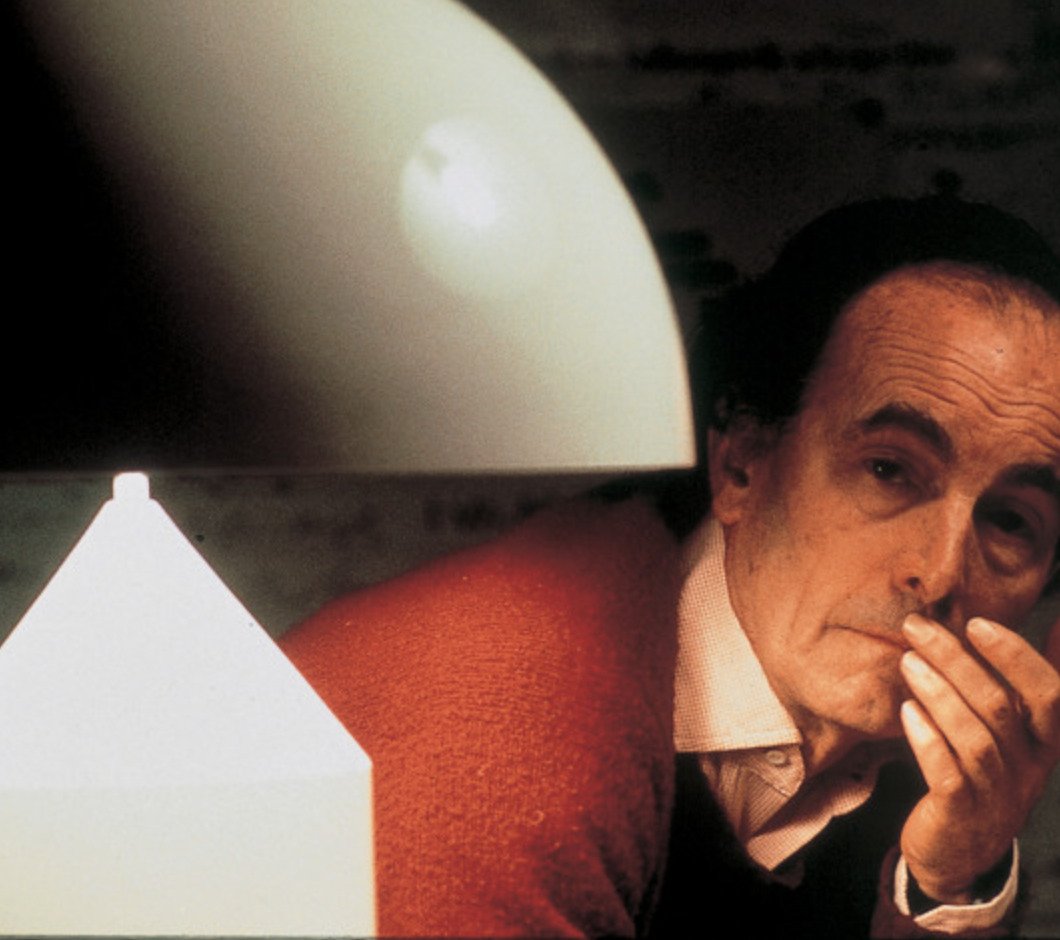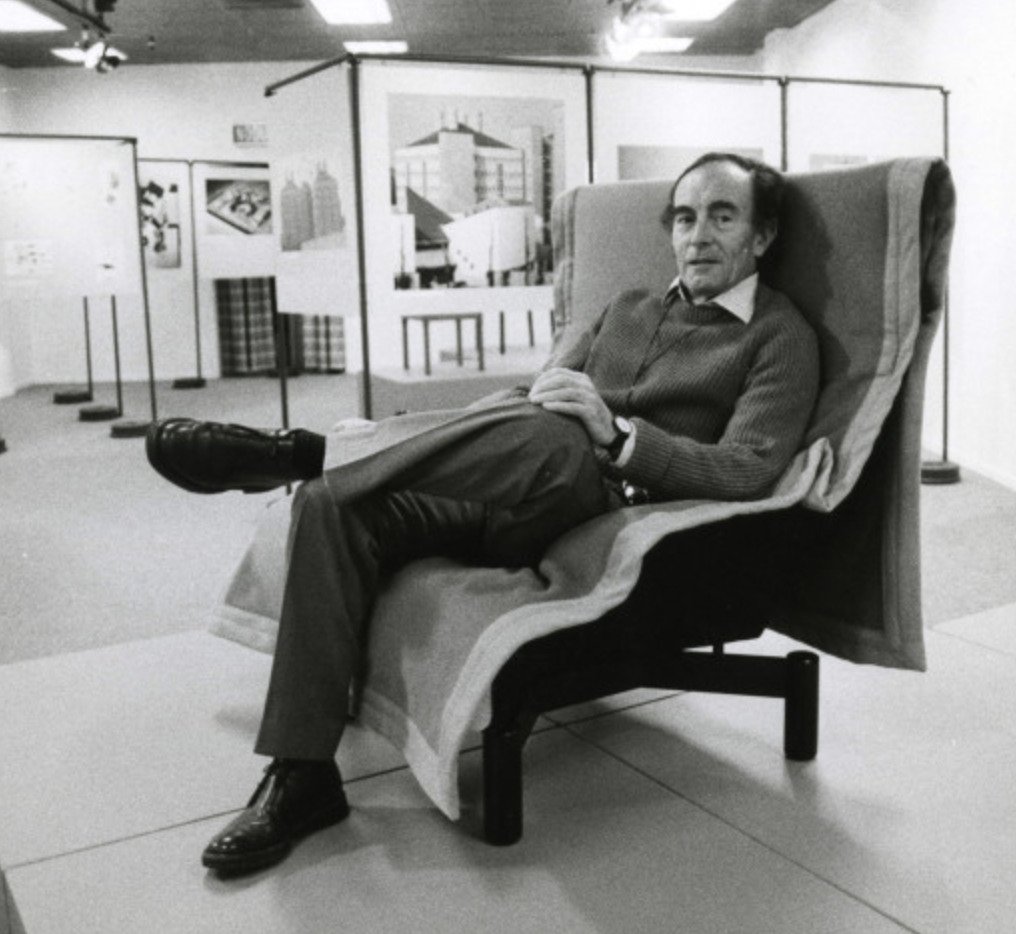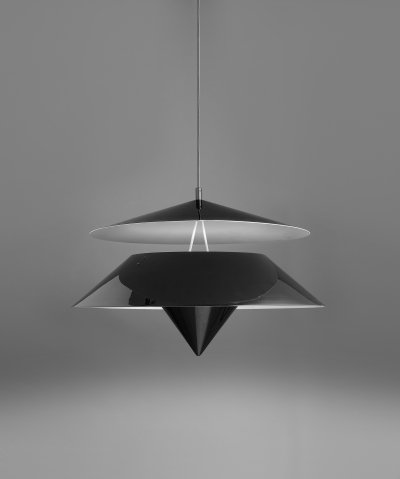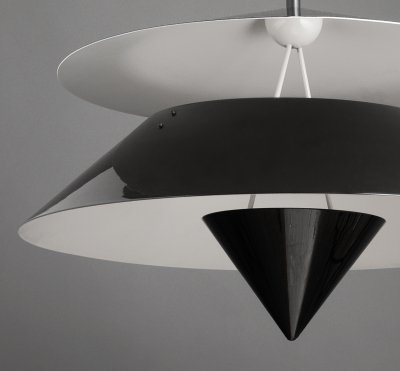Vico Magistretti
A Legacy Between Architecture and Design From the 1950s onward, Magistretti distinguished himself with his minimalist and functional approach, characterized by a constant pursuit of simplicity and innovation. His early architectural works, such as the Via Revere Park Tower (1953–1956) and the Corso Europa office building (1955–1957) in Milan, showcased his talent for blending aesthetics and utility. However, it was in the field of furniture and lighting design that he left an indelible mark.
Icons of Italian Design Vico Magistretti is best known for his iconic creations, which have become classics of design:
- The Carimate Chair (1959, for Cassina), with its straw seat and wooden frame, embodying the balance between tradition and modernity.
- The Eclisse Lamp (1966, for Artemide), inspired by Jean Valjean’s lantern in Les Misérables, a cult piece with a sleek and functional design, awarded the Compasso d’Oro in 1967.
- The Maralunga Sofa (1973, for Cassina), a revolutionary model with its adjustable backrest, also honored with a Compasso d’Oro in 1979.
- The Atollo Lamp (1977, for Oluce), a design icon with its geometric shapes and soft light, which also received a Compasso d’Oro in 1979.
A Philosophy of Design Magistretti believed in unadorned design, where function took precedence over form. For him, an object had to first and foremost meet the user’s needs, without sacrificing elegance. His empirical and pragmatic approach influenced an entire generation of Italian designers. He taught for 20 years at the Royal College of Art in London, sharing his vision of design as accessible, timeless, and human-centered.
Recognition and Legacy Throughout his career, Vico Magistretti received numerous awards, including four Compasso d’Oro prizes and the Gold Medal from the Chartered Society of Industrial Artists & Designers in 1986. His works are featured in the collections of the world’s most prestigious museums, such as the MoMA in New York, the Victoria and Albert Museum in London, and the Musée des Arts Décoratifs in Paris.
He passed away on September 19, 2006, in Milan, leaving behind a legacy that spans both architecture and design, marked by an unrelenting pursuit of simplicity, functionality, and understated beauty. Today, his creations remain timeless references, celebrated for their sleek elegance and technical ingenuity




